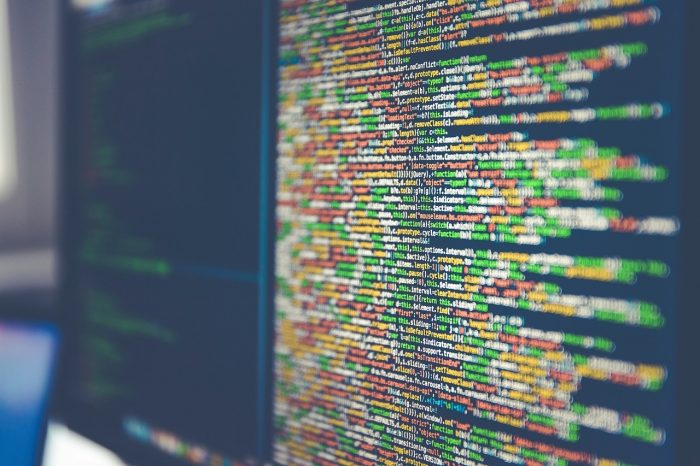
News applications are imbued with the power to make editorial decisions, but these decisions are often “black boxed” from the user. How do they work and how does code cross the boundary between programming and journalism? Matthew S. Weber, of Rutgers University, and Allie Kosterich, of Pace University (formerly also of Rutgers University), analysed the underlying codes of 59 open source news applications and found 134 instances “where code performed journalistic functions”.
Applications begin by determining the preferences of their user. In most cases, the user is asked to input this data – in effect teaching the application what news to present. In 43 per cent of the applications, however, the code retrieved this information autonomously from social media like Facebook, Twitter or Reddit.
Decision about news sources are also built-in to the code: applications usually make use of readily available application programming interfaces (APIs) of media companies such as The New York Times. The news pieces are then processed and matched with the user preference criteria. Again, the code’s author has had to make decisions over how much weight to put on, for example, the user’s Facebook likes or the general popularity of a story.
In effect, much of the editorial decisions that go into application distributed news are made by code, the authors conclude. Furthermore, the process consists of a series of independently written codes: “a black box within a black box within a black box”. The need for collaboration between journalists and programmers is thus “critical”, Weber and Kosterich urge.
The article “Coding the news” was published by the journal “Digital Journalism”. It is available online on the publisher’s website (abstract free). A draft version of the article is available on Academia.edu (open access).
Picture: Untitled by StockSnap, licence CC0 1.0.